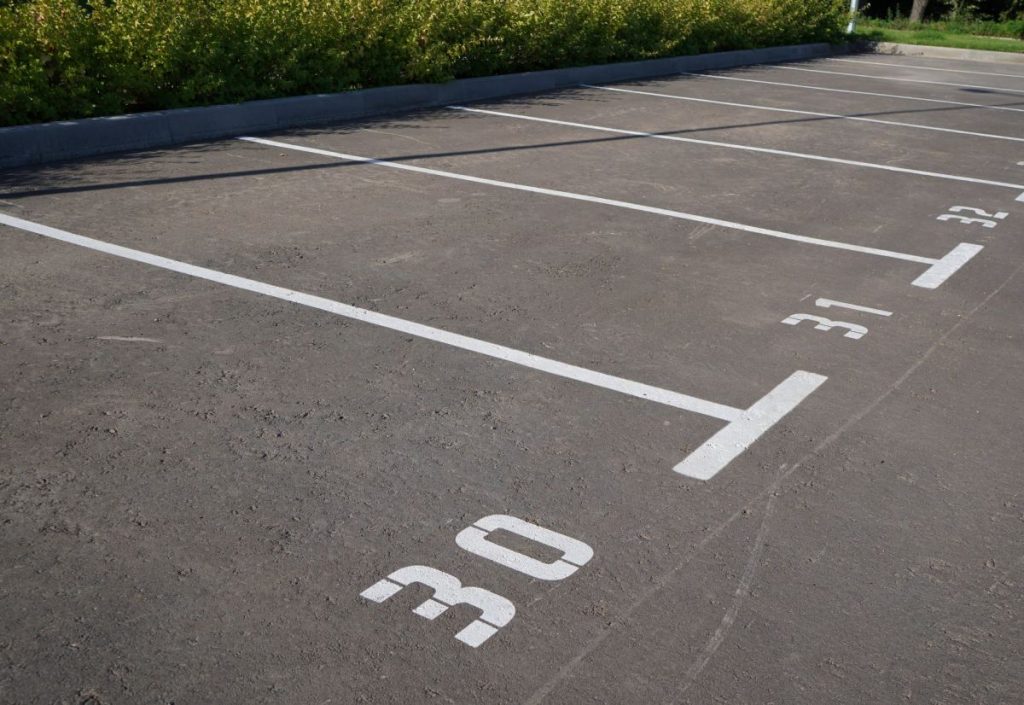The question of insurer responsibility for damages from a pipe break in a condominium association is a common question. Often times, the individual unit owner has an insurance policy providing coverage for portions of the interior of that unit, while the association has a master policy providing coverage for association property pursuant to the condominium declarations and certain state statutes. In a recent California case, Dover Village Association v. Jennison, (Cal. Ct. App. December 21, 2010), an individual unit owner had a leaky sewer pipe two feet beneath the concrete slab of his Newport Beach condo. The association said he was responsible for the repair bill on the theory that the sewer pipe was “exclusive use common area” for which he was responsible. The trial court entered a judgment declaring that the association should bear the expense of the repair cost, and awarded that unit owner damages, attorney’s fees and court costs. The association appealed that judgment.
The California appellate court looked at the Condominium Declarations and Restrictions, as well as California’s Condominium statutes, for guidance on whether the leaky pipe was located within “common area” or “exclusive use common area” property. These definitions found within the Declarations and state statutes would determine which party was responsible for repairing the pipe and damages. The California condominium statute (known as the Davis-Stirling Act) defines “exclusive use common area” as a portion of the common areas for the exclusive use of one or more, but fewer than all, of the unit owners of the separate interests. That definition includes fixtures designed to serve a single separate interest, but located outside the boundaries of the separate interest.
The California appellate court affirmed the judgment finding the association responsible for the repair costs from the sewer pipe. In reaching its conclusion, the Court ruled that:
[I]nterconnected sewer pipes cannot really be said to be the “fixtures” of any particular unit. A sewer system is a series of interconnected pipes which ultimately feed into one common line. Differentiating parts of that interconnected system is unreasonable. The portion of piping coming from one unit is no more affixed to that unit than it is to the sewer system and other pipes or piping within that system.
The Court concluded that a piece of a system of interconnected sewer pipes is physically connected to every other piece of the system. Every unit’s sewer pipes are a “fixture” of every other unit’s sewer pipes. The Court went on to state that some pipes, such as drain pipes that exclusively service one individual unit and are not connected to any other system of piping, might be defined as “exclusive use common area” property. In that situation, they could be compared to things such as shutters and window boxes that are truly “designed to serve a single separate interest.”
The last portion of the Court’s ruling is dicta and has no precedential value. Dicta is a judicial opinion expressed by judges on a point that does not arise in the case. However, it seems to express the California appellate court’s feeling that should a blockage have originated within a drain line that is exclusively servicing that unit, the responsibility may fall on the unit owner and his or her individual insurer to repair the damage. But even that portion of a drain line located completely within the unit’s boundaries would likely connect to the system of pipes of the entire association. Therefore, as is often the case with law, we are left with a gray area subject to interpretation.
Again, given the overlapping layers of coverage and these gray areas, those in need of guidance in such scenarios should consult professionals with experience in such insurance coverage work to explore and evaluate the potential insurance coverage.


